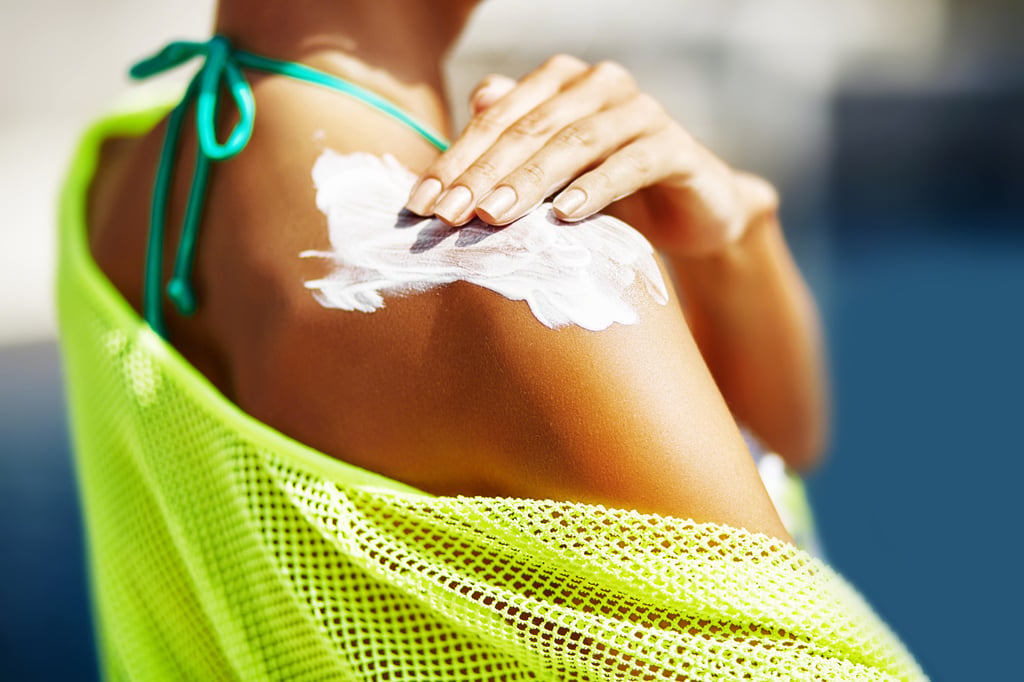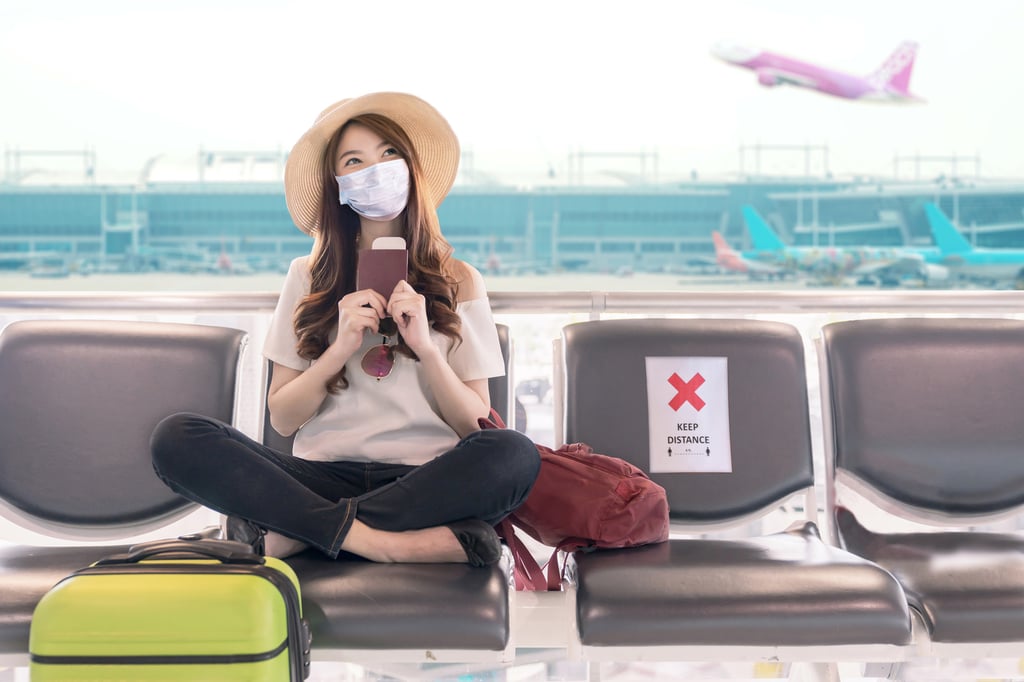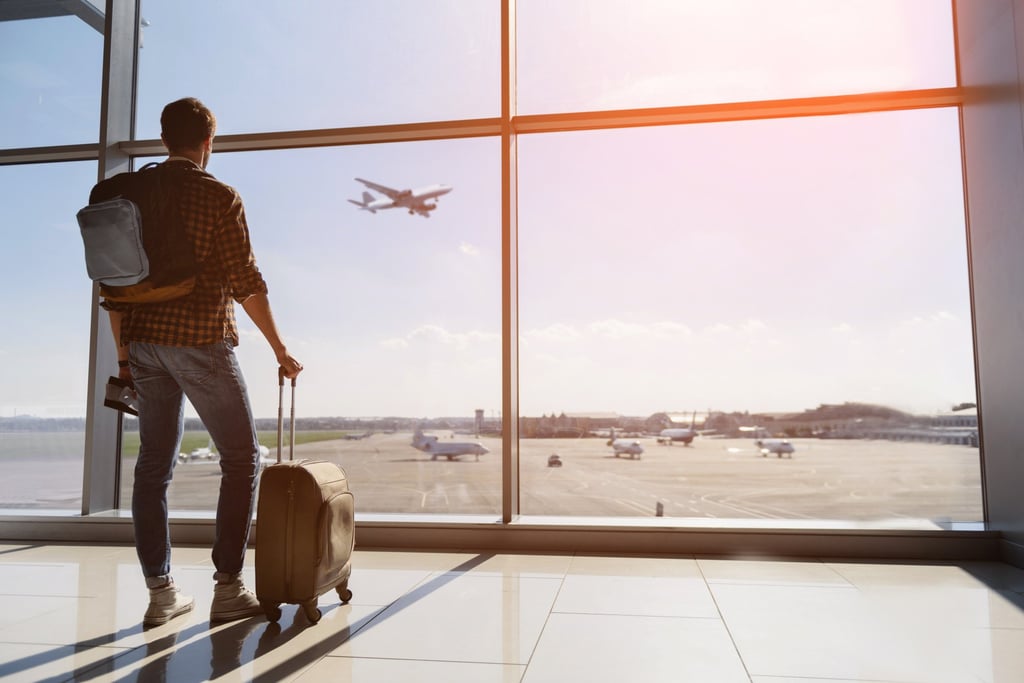Why you should wear sunscreen on flights: UV rays on planes are even more intense than on land, putting window seat passengers at risk of skin ageing and skin cancer while travelling, studies show

- In a TikTok video with millions of views, dermatologist Dr. Joyce Park recommends that flight passengers, pilots and attendants put on sunscreen or close the window blinds during flights
- An hour in the cockpit exposes pilots to UVA rays equivalent to a 20-minute tanning-bed session, while experienced flight attendants recommend hydrating sheet masks and SPF products
Whether it’s a flight attendant or a dermatologist, experts agree that travellers should wear sunscreen on flights.

Dermatologist Dr. Joyce Park recommends all travellers – regardless of whether they’re a passenger, pilot or flight attendant – lather on sunscreen before a flight.
“You should absolutely wear sunscreen on aeroplanes or keep windows shut,” Park said in a TikTok video that has over 2.7 million views, citing research that found frequent, unprotected flying puts people at risk for developing skin cancer.
Planes can expose people to damaging UV rays

In her TikTok, Park referenced a 2015 study published in Jama Dermatology that looked at the skin cancer risks for pilots and cabin crew.

For pilots, the study found that flying in a cockpit for about an hour at around 9,100 metres (30,000ft) exposes them to the same amount of UVA radiation as a 20-minute tanning-bed session.